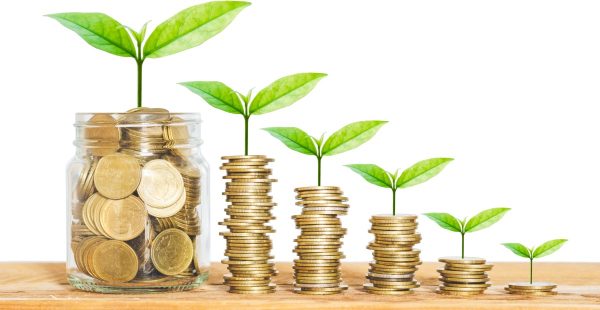ETF market hits new highs after post-Covid plateau

After a post-Covid slowdown, exchange traded funds (ETFs) have rocketed back in popularity, as record inflows and strong market performance lift the Australian ETF sector to all-time highs.
ETF industry market cap rose 5% in July, or $10.3 billion, the latest monthly breakdown from ETF-specialist investment firm Betashares shows.
Total industry assets now stand at $215.6 billion – an all-time record high for Australia’s ETF sector.
Over the last 12 months, market cap rose by 43.7%, or $65.6 billion, the data shows, growing steadily after a post-Covid slowdown between the 2021 and 2023 EOFYs.
Industry flows hit a record $3.5 billion last month – the first time, on record, that monthly inflows have exceeded $3 billion (the previous record of $2.9 billion was set in September 2021).
Net flows represented around one-third (33%) of the monthly growth, with the remainder coming from market appreciation and conversion activity.
Betashares notes that while these July numbers reflect the ETF industry prior to the August market dip, “early indications suggest that ETF investors are taking advantage of the current high levels of volatility with nearly $1 billion in net flows already recorded for August”.
The market cap for ETFs on the ASX’s CHESS platform (which excludes, amongst other measures, FuM and flows of ‘dual class’ Active ETFs, and thus promises a more accurate read of exchange traded activity), hit $183.8 billion.
For the month of July, ASX trading value was around $14 billion – the second highest value on record for monthly ETF trading volumes.
Aussie ETF investors go global
International equities ETFs remain the most popular for Aussie investors, with inflow values hitting $1.6 billion for July – up from $1.2 billion in the previous month – and well above Australian equities ($891 million), fixed income ($863 million), multi-asset ($79 million) and commodities ($50 million).
Inflows for cash and fixed income ETFs also surged over the previous two months, nearly tripling between June ($266 million) and July ($831 million).
Cash alone, however, experienced the biggest outflows of all asset classes, with investors pulling $32 million out from these ETFs, while Australian listed property ETFs lost $28 million.
The best-performing ETFs this month were exposures over US small caps, cryptocurrencies (with the approval earlier this year of the first-ever Bitcoin ETF) and gold miners.
Among the top-performing ETF funds over July were iShares S&P Small-Cap ETF (delivering 13.5% in returns), VanEck Gold Miners ETF (13.4%), Global X 21Shares Bitcoin ETF (11.6%), Betashares Global Gold Miners ETF – Currency Hedged (11.4%), and VanEck Bitcoin ETF (11.3%).
The top five products by market cap were Vanguard Australian Shares Index ETF (hitting $16 billion), Magellan’s Global Fund (Open Class) – Managed Fund ($8.8 billion), the Vanguard MSCI Index International Shares ETF ($8.6 billion), iShares’ S&P 500 ETF ($8.6 billion) and VanEck’s MSCI World Ex-Australia Quality ETF ($6.1 billion).
Vanguard’s MSCI Index International Shares ETF also received the highest inflows (hitting $357 million), with Betashares Global Shares ETF ($213 million) and Vanguard Australian Shares Index ETF ($205 million), the next best.
Despite the strong market cap showing for its Global Fund (Open Class) – Managed Fund, the Magellan ETFs continued to face ongoing attrition, with more than $1.5 billion in outflows (-10.75%) recorded for the 2024 financial year.











So someone in India who isn't licensed provided personalised financial advice and ASIC's response is to tell them to be…
Seeking Regulatory relief from Regulation. Industry Super Funds want to control $1.6 Trillion $$$ and ever growing with almost zero…
If Kalkine has officially been released and operates under a legitimate license to provide general advice, it raises an important…
Not sure what they're seeking regulatory relief from. In my view is they get tickled with a warm lettuce leaf…
Will they ever be named & shamed, fined and banned for life ??? Unlikely hey ASIC & APRA, especially for…